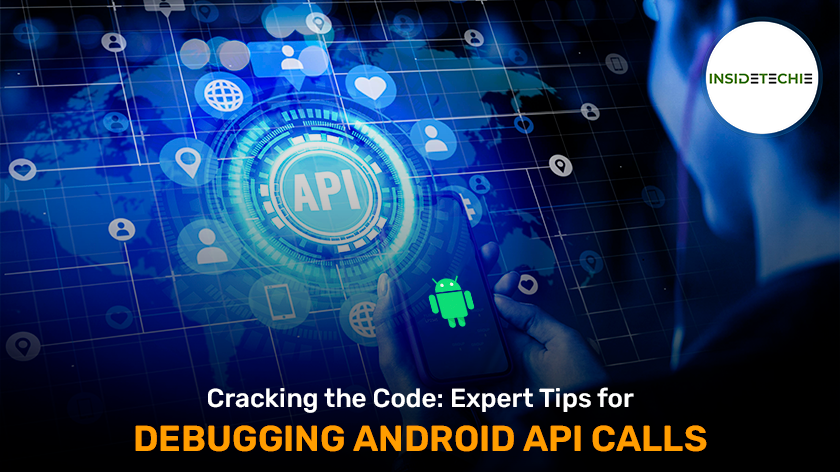Welcome to our comprehensive guide on debugging Android API calls! In this blog post, we’ll delve into the ins and outs of debugging API calls in Android app development. Whether you’re a seasoned developer or just starting out, understanding how to effectively debug API calls is crucial for building robust and reliable apps.
Understanding Android API Calls: Before we dive into debugging, let’s first understand what Android API calls are and why they’re important. Essentially, API calls allow your app to communicate with external services or resources, such as fetching data from a server or accessing device features. Debugging API calls involves troubleshooting and fixing any issues that arise during this communication process.
Setting Up Your Development Environment: To begin debugging Android API calls, you’ll need the right tools and environment. We recommend using Android Studio as your Integrated Development Environment (IDE) and setting up emulators or physical devices for testing. Additionally, familiarize yourself with debugging tools like breakpoints, logcat, and network inspection tools for analyzing API requests and responses.
Debugging Techniques: Now, let’s explore some effective debugging techniques. Start by setting breakpoints in your code to pause execution and inspect variables and state. Use log statements to track the flow of execution and log relevant data. Take advantage of network inspection tools like Charles Proxy or Wireshark to monitor API traffic and analyze requests and responses in real-time.
Best Practices: When debugging Android API calls, it’s important to follow best practices to streamline the process. Keep your code clean and well-organized, making it easier to identify and fix issues. Document your API calls with clear and descriptive comments, and consider implementing logging frameworks for better traceability. Finally, don’t forget to handle errors gracefully and provide informative error messages to users.
Advanced Strategies: For more complex debugging scenarios, such as network-related issues or authentication problems, you’ll need to employ advanced strategies. This may involve simulating network conditions, mocking server responses, or using specialized debugging tools. We’ll explore these advanced techniques in detail, providing practical examples and solutions to common challenges.
Troubleshooting Common Issues: Throughout your development journey, you’re likely to encounter common pitfalls and errors when debugging Android API calls. From connection timeouts to parsing errors, we’ll troubleshoot these issues step-by-step, offering solutions and workarounds to keep your app running smoothly.
In conclusion, mastering the art of debugging Android API calls is essential for building high-quality Android apps. By following the tips and techniques outlined in this guide, you’ll be better equipped to tackle any debugging challenge that comes your way. Remember to stay patient, persistent, and always keep learning!

